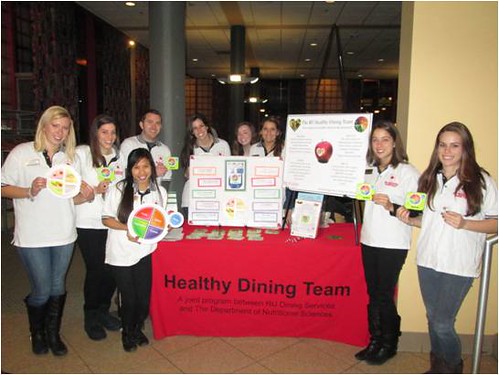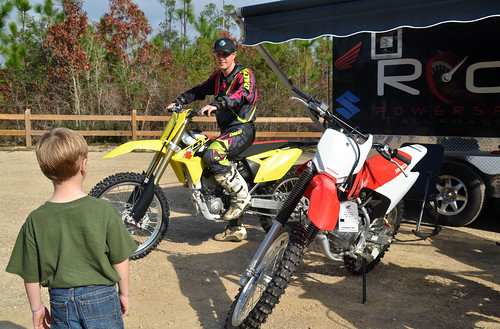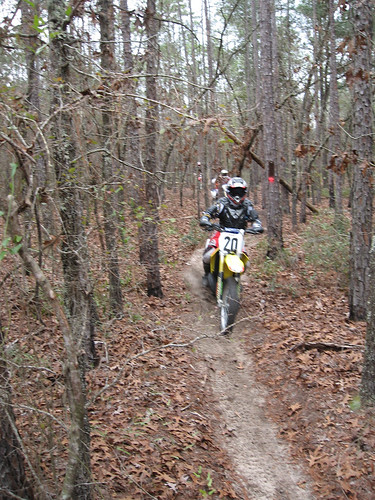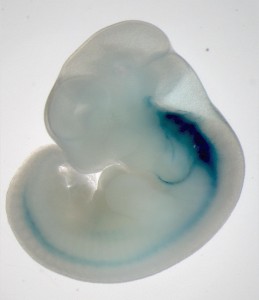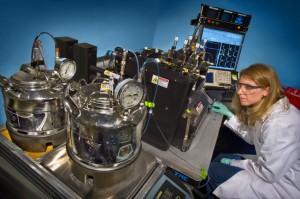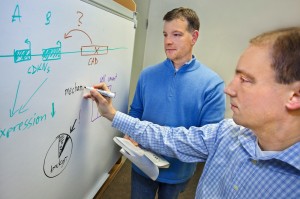- Data showed investigational treatment LDK378 (ceritinib) also achieved a median progression-free survival of seven months
- Patients with this type of lung cancer, especially those for whom prior therapies have failed, are in need of new treatment options[1]
- Data served as the basis for regulatory application to the US Food and Drug Administration with action expected this year
Basel, March 26, 2014 - Novartis today announced that The New England Journal of Medicine (NEJM) published clinical trial results showing the investigational compound LDK378 (ceritinib) achieved an overall response rate (ORR, including complete response [CR] and partial response [PR]) of 58% and a median progression-free survival (PFS) of seven months in adults with advanced anaplastic lymphoma kinase positive (ALK+) non-small cell lung cancer (NSCLC) who received 400 mg or higher of LDK378 per day[1].
The study evaluated 114 ALK+ NSCLC patients treated with LDK378, including patients who had progressed during or following treatment with a commonly prescribed ALK inhibitor called crizotinib and those who had not received prior treatment with an ALK inhibitor[1]. This study is part of the ongoing Novartis clinical trial program in this patient population.
"The majority of patients in the study experienced a clinical response to LDK378. In addition, responses were seen in untreated lesions in the central nervous system in patients who previously received crizotinib[1]," said lead investigator Alice T. Shaw, MD, PhD, Massachusetts General Hospital Cancer Center, Boston. "These results are important because most patients experience a disease relapse less than a year after starting crizotinib and have limited treatment options."
Non-small cell lung cancer is the most common type of lung cancer, accounting for 85-90% of all cases, with 2-7% of those patients having the ALK gene rearrangement that increases the growth of cancer cells[2],[3],[4],[5]. Currently, there are limited treatment options for patients with ALK+ NSCLC, who tend to be non-smokers and younger than NSCLC patients who are not ALK+[1],[6].
The study results published in NEJM demonstrated a median PFS of 7.0 months [95% CI; 5.6-9.5 months] in patients with ALK+ NSCLC treated with LDK378 at doses of 400 mg to the maximum tolerated dose of 750 mg per day[1]. The study also reported an ORR of 59% [95% CI; 47-70%] in patients taking LDK378 at 750 mg per day[1]. The responses observed demonstrated LDK378 is active in patients with advanced ALK+ NSCLC, including those who were previously treated with crizotinib, with or without new mutations in the ALK gene[1].
The most frequent adverse events were nausea (82%), diarrhea (75%), vomiting (65%), fatigue (47%) and increased alanine aminotransferase levels (35%)[1]. Preliminary data from this publication were first presented at the 2013 American Society of Clinical Oncology annual meeting[4]. The study is ongoing with more data to become available.
"These pivotal data published in NEJM served as the basis for our first regulatory filing for LDK378," said Alessandro Riva, President, Novartis Oncology ad interim and Global Head, Oncology Development and Medical Affairs. "We are pleased that the FDA has accepted our application, and we look forward to working with the FDA and health authorities worldwide to bring this important treatment option to patients in need as swiftly as possible."
The FDA designated LDK378 as a Breakthrough Therapy, which is intended to expedite the development and review of drugs that treat serious or life-threatening conditions if the therapy has demonstrated substantial improvement over an available therapy on at least one clinically significant endpoint[7].
Several major studies evaluating treatment with LDK378 are being conducted in more than 300 study centers across more than 30 countries. Currently, two Phase II clinical trials (
www.clinicaltrials.gov identifiers NCT01685060 and NCT01685138) are fully enrolled and ongoing. In addition, two Phase III clinical trials (
www.clinicaltrials.gov identifiers NCT01828099 and NCT01828112) are ongoing and are actively recruiting patients worldwide to further evaluate LDK378 in patients with ALK+ NSCLC[8],[9],[10],[11].
About the study
The Phase I single-arm study investigated the maximum tolerated dose, safety, pharmacokinetics and preliminary antitumor activity of LDK378 in 130 patients, including 122 patients with ALK+ NSCLC[1]. Of 114 ALK+ NSCLC patients treated with LDK378 at 400 mg or higher per day, 80 had progressed during or following treatment with crizotinib, and 34 patients with ALK+ NSCLC were crizotinib-naïve[1]. The maximum tolerated dose observed in the study was 750 mg per day[1].
The median duration of response for the 66 responding patients treated at 400 mg or higher per day was 8.2 months [95% CI; 6.9-11.4 months]. In all 114 ALK+ NSCLC patients treated at 400 mg or higher per day, median PFS was 7.0 months [95% CI; 5.6-9.5 months][1].
In the 114 ALK+ NSCLC patients treated with LDK378 at 400 mg or higher per day, the ORR was 58% [95% CI; 48-67%] (1 CR and 65 PRs), which includes those patients who had progressed during or after crizotinib therapy (ORR 56% [95% CI; 45-67%]) and those who were crizotinib-naïve (ORR 62% [95% CI; 44-78%])[1]. In the 78 patients with ALK+ NSCLC who received LDK378 at the maximum tolerated dose of 750 mg per day, the ORR was 59% [95% CI; 47-70%] (46 PRs), which includes those who had progressed during or after crizotinib therapy (ORR 56% [95% CI; 41-70%]) and those who were crizotinib-naïve (ORR 64% [95% CI; 44-81%])[1].
Patients with asymptomatic, untreated or treated central nervous system (CNS) metastases were also eligible for treatment, and responses were seen in untreated lesions in the CNS in patients previously treated with crizotinib[1].
The most frequent adverse events were nausea (82%), diarrhea (75%), vomiting (65%), fatigue (47%) and increased alanine aminotransferase levels (35%). The most common grade 3 or 4 study drug-related adverse events were increased alanine aminotransferase levels (21%), increased aspartate aminotransferase levels (11%), diarrhea (7%) and increased lipase levels (7%), all of which were reversible upon treatment discontinuation. Four cases of interstitial lung disease possibly related to LDK378 were noted; all resolved with discontinuation of LDK378 and standard treatments. One case of asymptomatic grade 3 corrected QT prolongation possibly related to LDK378 was seen[1].
Sixty-six of 130 patients (51%) required at least one dose reduction, and in 8 of 130 patients (6%), the study drug was permanently discontinued due to an adverse event. At the 750 mg dose level, 50 of 81 patients (62%) required at least one dose reduction, of which 32 occurred in cycle 3 or later. No treatment-related deaths occurred[1].
About LDK378
The safety and efficacy profile of LDK378 has not yet been established because it is an investigational compound. Access to LDK378 is available only through controlled clinical trials. These trials are designed to evaluate the potential benefits and risks of this compound. Because of the uncertainty of clinical trials, there is no guarantee that LDK378 will become commercially available.
Disclaimer
The foregoing release contains forward-looking statements that can be identified by words such as "investigational," "expected," "ongoing," "potential," "to become," "look forward," "to bring," "Breakthrough Therapy," "intended," "designed," "will," or similar terms, or by express or implied discussions regarding potential marketing approvals for LDK378, or regarding potential future revenues from LDK378. You should not place undue reliance on these statements. Such forward-looking statements are based on the current beliefs and expectations of management regarding future events, and are subject to significant known and unknown risks and uncertainties. Should one or more of these risks or uncertainties materialize, or should underlying assumptions prove incorrect, actual results may vary materially from those set forth in the forward-looking statements. There can be no guarantee that LDK378 will be approved for sale in any market, or submitted in any additional markets, or at any particular time. Nor can there be any guarantee that LDK378 will receive regulatory approval or be commercially successful in the future. In particular, management's expectations regarding LDK378 could be affected by, among other things, the uncertainties inherent in research and development, including unexpected clinical trial results and additional analysis of existing clinical data; unexpected regulatory actions or delays or government regulation generally; the company's ability to obtain or maintain proprietary intellectual property protection; general economic and industry conditions; global trends toward health care cost containment, including ongoing pricing pressures; unexpected manufacturing issues, and other risks and factors referred to in Novartis AG's current Form 20-F on file with the US Securities and Exchange Commission. Novartis is providing the information in this press release as of this date and does not undertake any obligation to update any forward-looking statements contained in this press release as a result of new information, future events or otherwise.
About NovartisNovartis provides innovative healthcare solutions that address the evolving needs of patients and societies. Headquartered in Basel, Switzerland, Novartis offers a diversified portfolio to best meet these needs: innovative medicines, eye care, cost-saving generic pharmaceuticals, preventive vaccines and diagnostic tools, over-the-counter and animal health products. Novartis is the only global company with leading positions in these areas. In 2013, the Group achieved net sales of USD 57.9 billion, while R&D throughout the Group amounted to approximately USD 9.9 billion (USD 9.6 billion excluding impairment and amortization charges). Novartis Group companies employ approximately 136,000 full-time-equivalent associates and operate in more than 140 countries around the world. For more information, please visit
http://www.novartis.com.
References
[1] Shaw A, et al. Ceritinib in ALK-Rearranged Non-Small-Cell Lung Cancer.
N Engl J Med. 2014;370(13):1189-97.
[2] American Cancer Society. Lung Cancer - Non-Small Cell Detailed Guide. Available at:
http://www.cancer.org/Cancer/LungCancer-Non-SmallCell/DetailedGuide/non-small-cell-lung-cancer-what-is-non-small-cell-lung-cancer. Accessed on October 11, 2013.
[3] National Comprehensive Cancer Network (NCCN). NCCN Clinical Practice Guidelines in Oncology (NCCN Guidelines): Non-Small Cell Lung Cancer. NCCN 2014 3:1-148.
[4] Shaw A, et al. Clinical Activity of the ALK Inhibitor LDK378 in Advanced, ALK-positive NSCLC. Abstract #8010. 2013 American Society of Clinical Oncology (ASCO) Annual Meeting, Chicago, IL, USA.
[5] National Cancer Institute. NCI Dictionary of Cancer Terms: ALK Gene. Available at:
http://www.cancer.gov/dictionary?CdrID=721252. Accessed on October 11, 2013.
[6] Shaw A, et al. Targeting Anaplastic Lymphoma Kinase in Lung Cancer.
Clin Cancer Res 2011;17:2081-2086.
[7] U.S. Food and Drug Administration. Frequently Asked Questions: Breakthrough Therapies. Available at:
http://www.fda.gov/RegulatoryInformation/Legislation/FederalFoodDrugandCosmeticActFDCAct/SignificantAmendmentstotheFDCAct/FDASIA/ucm341027.htm. Accessed on February 27, 2014.
[8] ClinicalTrials.gov. LDK378 in Adult Patients With ALK-activated NSCLC Previously Treated With Chemotherapy and Crizotinib. Available at:
http://clinicaltrials.gov/ct2/show/NCT01685060?term=%22LDK378%22+and+%22Phase+II%22&rank=1. Accessed on October 11, 2013.
[9] ClinicalTrials.gov. LDK378 in Crizotinib naïve Adult Patients With ALK-activated Non-Small Cell Lung Cancer. Available at:
http://clinicaltrials.gov/ct2/show/NCT01685138?term=%22LDK378%22+and+%22Phase+II%22&rank=2. Accessed on October 11, 2013.
[10] ClinicalTrials.gov. LDK378 Versus Chemotherapy in Previously Untreated Patients With ALK Rearranged Non-Small Cell Lung Cancer. Available at:
http://clinicaltrials.gov/ct2/show/NCT01828099?term=%22LDK378%22+and+%22Phase+III%22&rank=1 Accessed on October 11, 2013.
[11] ClinicalTrials.gov. LDK378 Versus Chemotherapy in ALK Rearranged (ALK Positive) Patients Previously Treated With Chemotherapy (Platinum Doublet) and Crizotinib. Available at:
http://clinicaltrials.gov/ct2/show/NCT01828112?term=%22LDK378%22+and+%22Phase+III%22&rank=2 Accessed on October 11, 2013.
# # #
